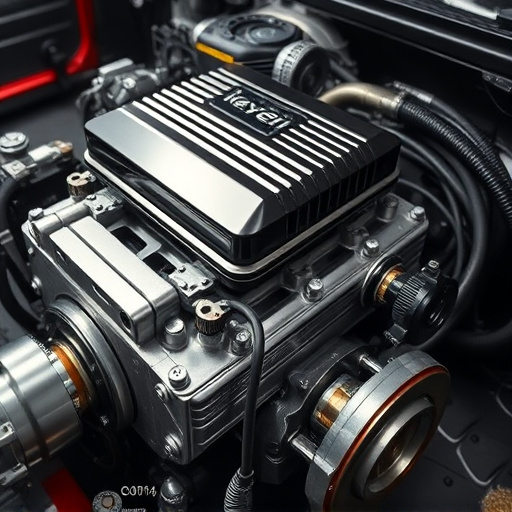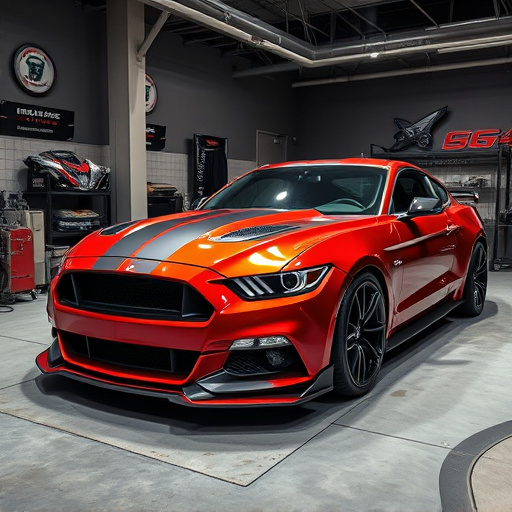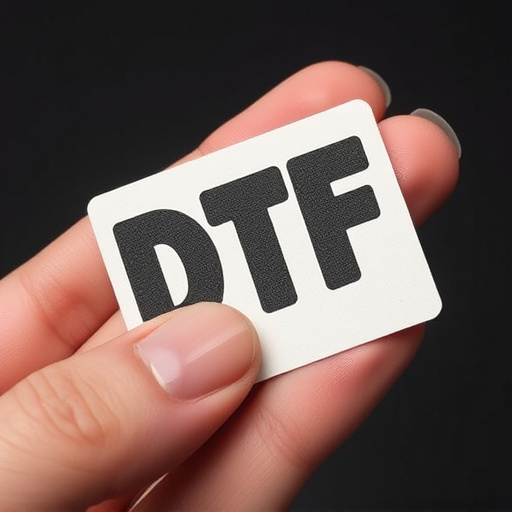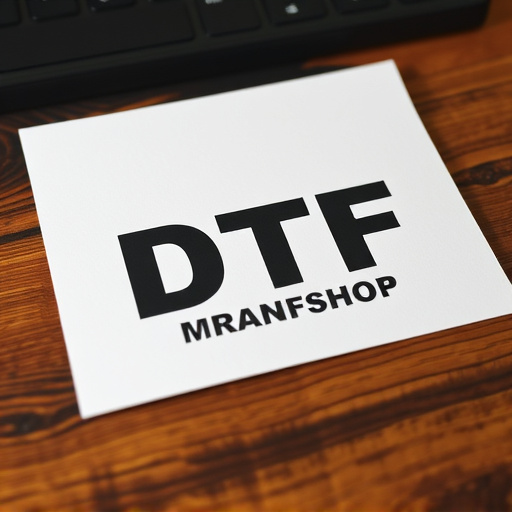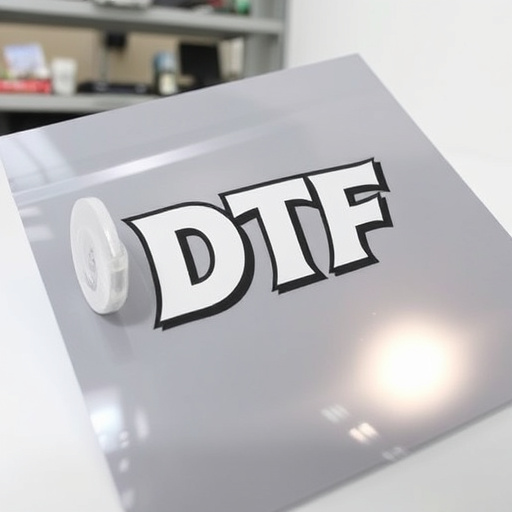Direct-to-film (DTF) transfers have revolutionized textile decoration by offering a user-friendly, cost-effective, and efficient way to print high-quality designs on demand. This process involves printing on coated film using inkjet or laser printers, then transferring the design onto fabric under heat and pressure. DTF is ideal for personalizing t-shirts, hoodies, and other garments with vibrant colors and crisp details. It has evolved to cater to diverse applications, ensuring a soft handfeel and long-lasting prints. The process starts with digital preparation of designs for optimal resolution, followed by precision cutouts heat pressed onto garments. Selecting the right DTF transfer depends on fabric type, design complexity, and color requirements, while proper printing and application techniques ensure top-quality results. DTF transfers offer dynamic creative potential, mirroring current trends in fashion and culture.
Introducing the revolutionary world of DTF (Direct-to-Film) Transfers for T-shirt decorating. This comprehensive guide explores how this cutting-edge technology is transforming the industry. From understanding the DTF process to unlocking endless creative possibilities and choosing the right transfers for your designs, we delve into the art and science of DTF Printing. Discover best practices, trending design ideas, and unlock the potential of DTF Prints to elevate your T-shirt creations.
- Understanding Direct-to-Film (DTF) Transfers: A Comprehensive Overview
- Benefits of DTF for T-Shirt Decorating: Unlocking Creative Possibilities
- The DTF Printing Process: From Design to Final Product
- Choosing the Right DTF Transfer for Your T-Shirt Designs
- Best Practices and Tips for Achieving High-Quality DTF Prints
- Exploring Design Ideas and Trends with DTF Transfers
Understanding Direct-to-Film (DTF) Transfers: A Comprehensive Overview

Direct-to-film (DTF) transfers have revolutionized the way we decorate t-shirts and various other textiles. This innovative technique involves transferring high-quality prints directly onto fabric using heat and pressure, eliminating the need for traditional screen printing methods. DTF transfers offer a cost-effective and efficient solution for custom clothing design, allowing for intricate and vibrant prints on demand.
DTF printing technology has advanced significantly over the years, providing a diverse range of applications. The process starts with a specially coated film that is digitally printed with the desired design using inkjet or laser printers. This film serves as a temporary carrier for the print, which is then transferred onto the final fabric substrate under precise temperature and pressure conditions. DTF transfers offer excellent color accuracy, crisp details, and a soft handfeel, making them ideal for creating unique and personalized t-shirts, hoodies, and other garments.
Benefits of DTF for T-Shirt Decorating: Unlocking Creative Possibilities
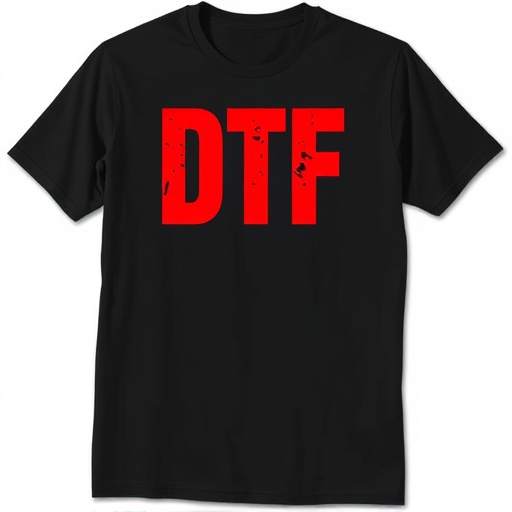
Direct-to-film (DTF) transfers offer a game-changing approach to decorating t-shirts, unlocking a world of creative possibilities for both amateur and professional designers. This innovative method allows for intricate and detailed designs to be transferred directly onto fabric with exceptional clarity and vibrancy. Unlike traditional printing methods, DTF avoids the need for complex setups and expensive machinery, making it accessible to a broader range of creators.
With DTF transfers, decorating t-shirts becomes a seamless process. Designers can easily import their artwork into specialized software, adjust settings for optimal print quality, and then apply the transfer using heat presses. This technology ensures that prints are long-lasting and resistant to fading, allowing your creative visions to endure through countless wears. From vibrant graphics and bold text to intricate illustrations and photo-realistic images, DTF enables you to bring any design concept to life on a t-shirt with remarkable ease and impact.
The DTF Printing Process: From Design to Final Product

The Direct-to-Film (DTF) transfer printing process is a cutting-edge technique that has transformed the way we decorate t-shirts and various other garments. It involves a series of precise steps, starting from the initial design concept to the final product. Designers create or source an image, which is then digitally prepared for printing. This preparation includes vectorizing the design and ensuring it meets the required resolution for optimal DTF transfer.
Once ready, the design is printed onto special transfer paper using a high-resolution printer. The print quality is crucial in this stage as it directly impacts the final outcome. After printing, the transfer paper is carefully cut around the design to create a precise cutout. This cutout is then placed on the target garment, typically a t-shirt, and heat pressed using specialized equipment. The heat activates the ink, fusing it with the fabric, resulting in a vibrant, long-lasting DTF print.
Choosing the Right DTF Transfer for Your T-Shirt Designs
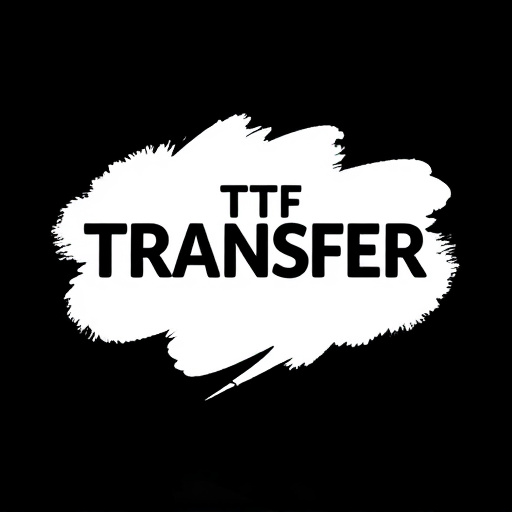
When it comes to decorating t-shirts, selecting the right DTF (Direct-to-Film) transfer is key to achieving high-quality, vibrant prints. There’s a vast array of options available, each suited for different design needs and types of fabric. Consider the material of your t-shirt as this will influence the type of DTF transfer that adheres best. Cotton, for instance, accepts DTF transfers with ease due to its smooth surface, while darker fabrics may require specialized transfers designed for enhanced opacity.
Additionally, think about the design itself. For intricate, detailed graphics, opt for DTF transfers known for their sharp lines and fine details. If your design involves bold colors and large areas of solid tone, choose a transfer optimized for vibrant prints and color saturation. Keep in mind that different DTF printing techniques offer varying levels of durability, so select according to the intended use of the t-shirt – whether it’s for everyday wear, special events, or promotional purposes.
Best Practices and Tips for Achieving High-Quality DTF Prints

Achieving high-quality DTF (Direct-to-Film) prints on t-shirts requires a few best practices and tips to ensure optimal results. First, choose the right DTF transfer film for your project; different films offer varying levels of durability, gloss, and opacity, so select one that aligns with your desired aesthetic and end use. Ensure your t-shirt is clean, dry, and free from oils or contaminants to prevent ink from adhering improperly. Pre-treat the fabric if necessary, especially for darker shirts, to enhance ink absorption.
Before printing, carefully set your printer settings for optimal DTF printing, including resolution and color profiles. Use high-quality printing materials and inks designed specifically for DTF transfers to maintain vibrancy and precision in your prints. After printing, carefully apply heat according to the transfer film’s instructions, ensuring even pressure and a clean, smooth surface. Allow the transfer to cool before handling to prevent smudging or damage. Finally, consider testing on scrap fabric first to fine-tune your technique and achieve consistent, professional DTF prints every time.
Exploring Design Ideas and Trends with DTF Transfers
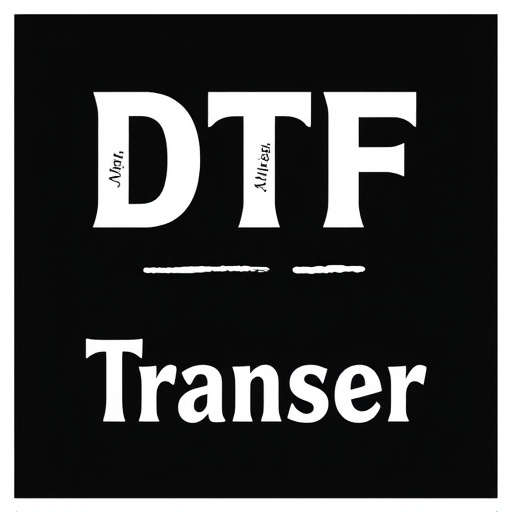
Direct-to-film (DTF) transfers offer a dynamic and creative avenue for designing t-shirts, allowing artists and enthusiasts to explore a wide range of design possibilities. With DTF printing, creating intricate and detailed prints is an accessible process. Designers can draw inspiration from current trends, such as bold graphic designs, minimalist line art, or even vintage-inspired illustrations, and bring them to life on fabric. This versatility makes DTF transfers popular among those seeking unique and personalized t-shirt designs.
Trends in DTF transfer design are ever-evolving, keeping up with the latest fashion and cultural movements. From pop culture references to environmental awareness messages, these prints can convey a variety of themes. Artists can experiment with different color palettes, combining vibrant hues or opting for subtle, monochromatic looks. Additionally, DTF technology enables the reproduction of high-resolution images, ensuring that every detail is captured perfectly on the final product. This level of precision allows designers to create eye-catching, top-quality t-shirt prints that cater to diverse consumer preferences.





